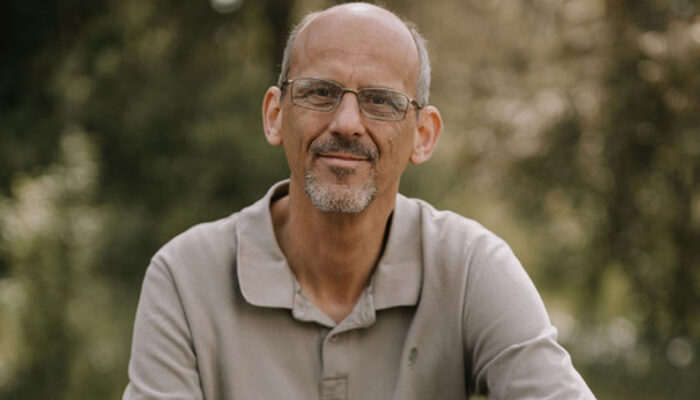This year for the EGU24 Photo Competition we had some amazing photos submitted! In case you missed them before the meeting, for the next few weeks we will be featuring all 10 of the shortlisted photos, and our three winners! This week, CiJian Yang’s image ‘Temple in floodplain’. In southwest Taiwan On the plains, rivers meandering, Water for rice fields, livelihoods growin ...[Read More]
Imaggeo On Monday: Temple in floodplain




